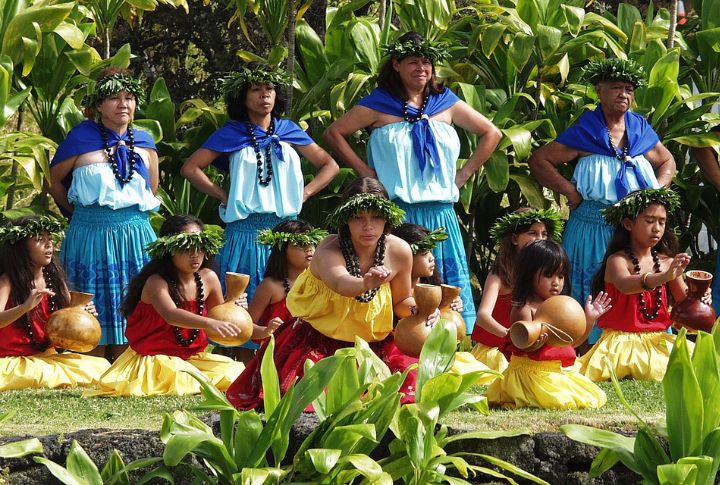
Hawaii has more than just stunning beaches and postcard-perfect sunsets. It’s a place with rhythms and customs that might surprise even the most seasoned travelers. Before you pack your bags and set off on your adventure, here are a few things that might change how you experience paradise.
Hawaii Has Multiple Islands And Not Just One
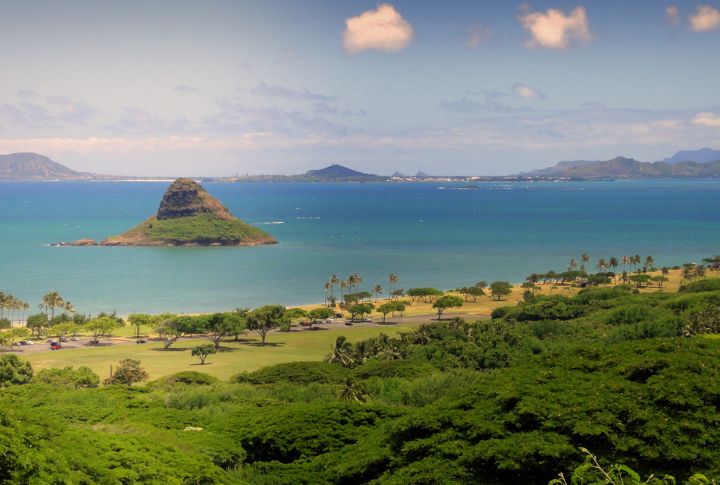
Confusion often arises when visitors discover that Hawaii has six major islands, each with distinct experiences. For example, Oahu boasts Waikiki’s nightlife, while Kauaʻi’s rugged cliffs attract hikers. Meanwhile, Maui’s Road to Hana is legendary, and the Big Island’s volcanic environment remains a geological marvel.
The Time Zone Can Mess With Your Sleep

Adjusting to Hawaii-Aleutian Standard Time can be challenging, especially since flights from the mainland often land late. This leaves travelers battling jet lag. Adding to the adjustment, Hawaii doesn’t observe daylight saving time, which creates a six-hour difference from New York in winter. To ease the transition, arrive well-rested.
The Word Aloha Means More Than Hello
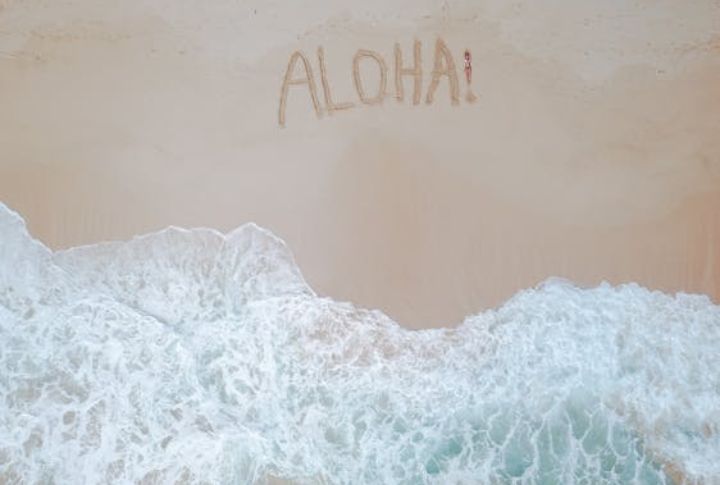
Aloha isn’t just a greeting—it embodies love, peace, and respect. Hawaiians use it to convey warmth and connection. It’s even included in state laws to promote harmony in daily life. Learning its deeper meaning encourages appreciation for local culture and makes interactions with residents more meaningful.
Island Hopping Takes More Planning Than You Think
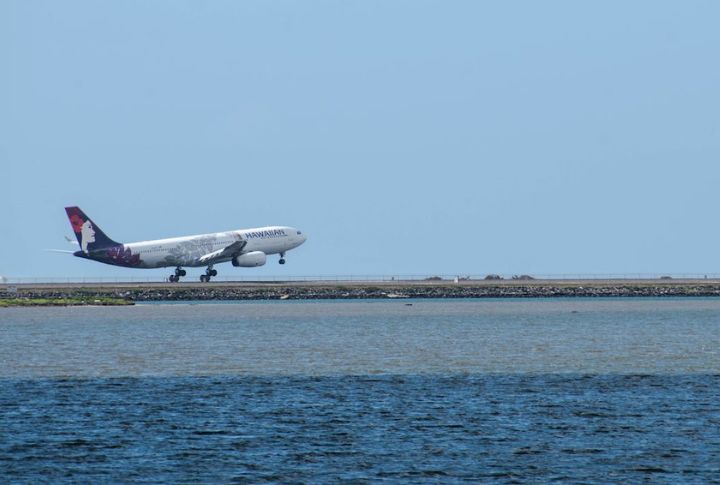
Many visitors don’t realize that some islands are farther apart than expected. Ferries don’t connect most islands. Therefore, inter-island travel requires flights. Although Hawaiian Airlines and Mokulele Airlines offer regular routes, costs can increase quickly. To save money, book early for better fares.
Necessity Of Rental Cars
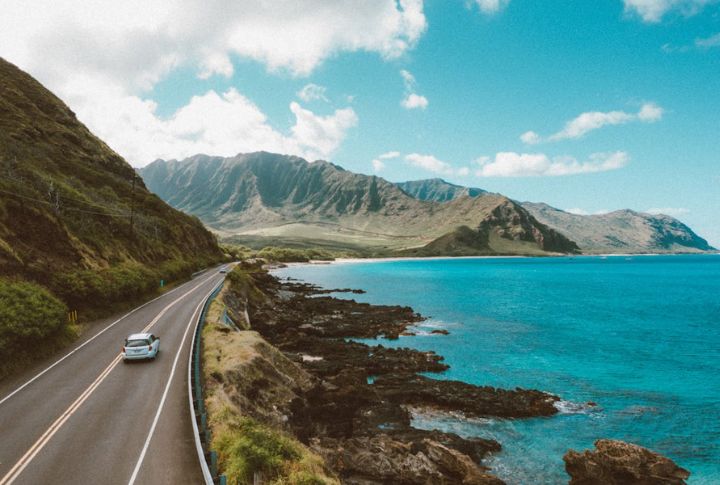
A car is necessary on remote islands like Molokaʻi and certain parts of the Big Island due to limited transit options and vast distances between attractions. In contrast, renting a car in urban areas like Waikiki can be more of a hassle, as high parking fees and traffic congestion add extra costs.
Respecting The Land Is Taken Seriously
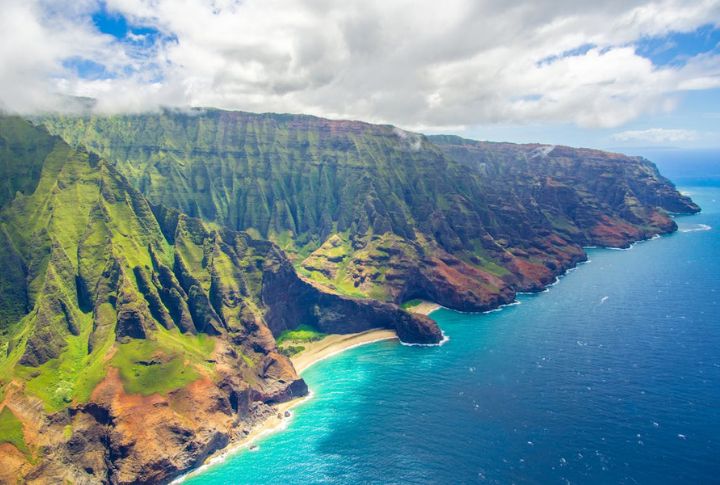
Hawaiians follow the concept of “malama ‘aina,” meaning “to care for the land.” This concept emphasizes the importance of respecting nature, as even small actions can have lasting impacts. Therefore, be mindful of straying off marked trails—it damages delicate ecosystems while feeding wildlife disrupts nature’s balance.
Hawaii Has Strict Agricultural And Customs Laws

Do you know that bringing fresh fruits or live animals into Hawaii is heavily restricted? The state protects its fragile ecosystem from invasive species like the coqui frog. All bags pass through agricultural inspection at the airport to prevent biological threats from harming native flora and fauna.
Weather Can Change Drastically In A Single Day
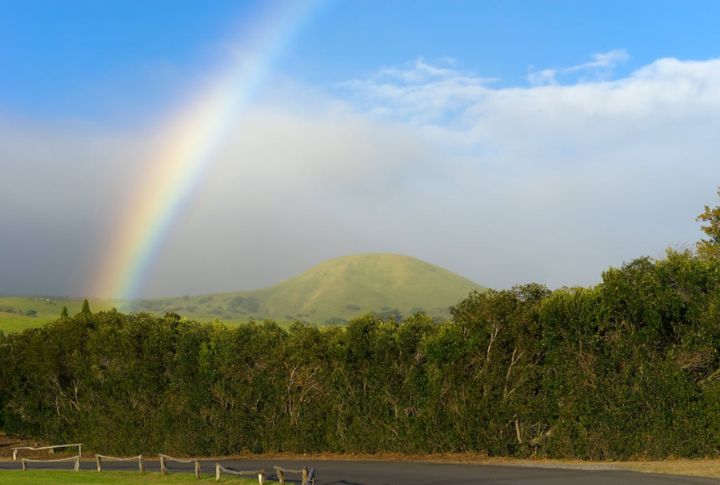
Trade winds influence Hawaii’s climate, causing sudden weather shifts. Rain showers appear unexpectedly, especially in lush regions like Hilo or Hanalei. Because of microclimates, one side of an island may be drenched while another stays sunny. To remain comfortable, packing light layers makes you prepared for these rapid transitions.
The Hawaiian Language Is Still Alive
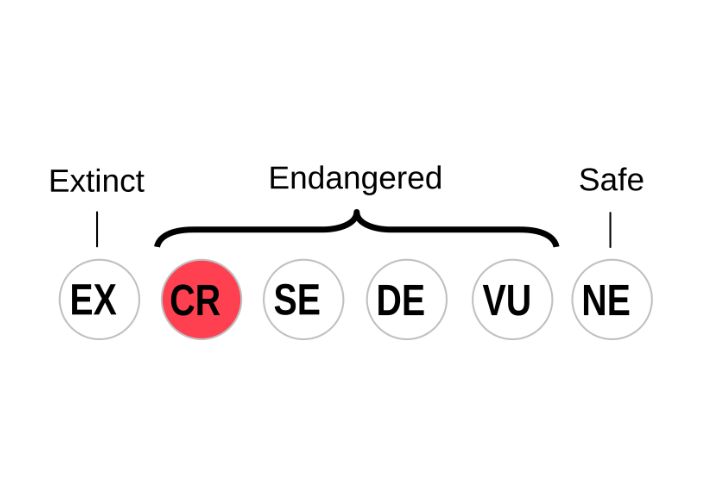
Despite English dominance, Hawaiian remains an official language, with words like “mahalo” (thank you) and “ohana” (family) appearing on street signs and menus. The state recognizes Hawaiian place names to ensure cultural preservation. Locals appreciate visitors making an effort to pronounce words correctly.
You Should Never Take Lava Rocks Or Sand Home

Hawaiian legends warn that removing volcanic rocks angers Pele, the fire goddess. Some tourists mail back stolen rocks, believing lousy luck follows them. Beyond superstition, it’s also illegal to take anything from national parks. Leaving nature untouched ensures these terrains remain intact for future travelers.
Tipping Is Expected In Most Situations
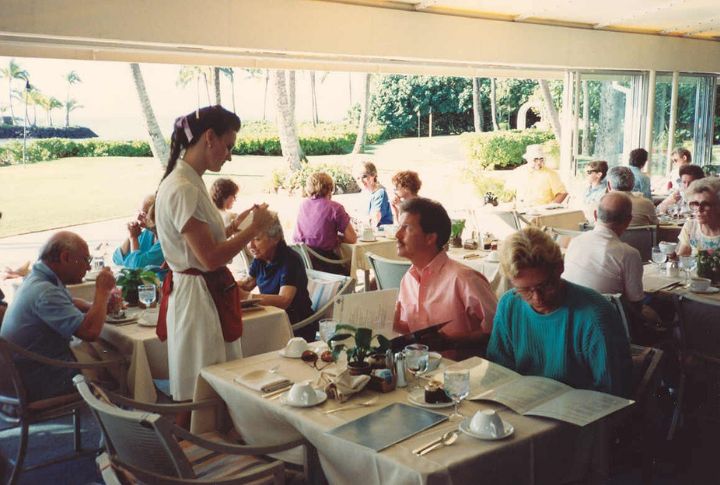
Unlike some destinations, tipping in Hawaii follows standard U.S. customs. Restaurant servers expect 15–20%, while tour guides and hotel staff appreciate gratuities. Even airport shuttle drivers often rely on tips. Failing to tip may be seen as rude, especially in the service-driven tourism industry.
Traditional Luaus Are More Than Just Food
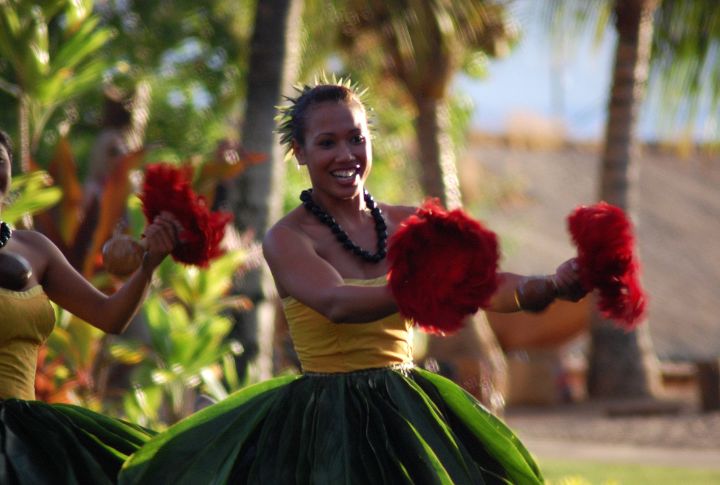
An authentic luau isn’t just about kalua pig and poi; it’s a cultural immersion where dancers perform hula and locals share legends. Although commercial luaus cater to tourists, more diminutive, family-run events often provide a more authentic experience and allow guests to connect with deep-rooted Hawaiian traditions in a more intimate setting.
The Sun Is Stronger Than You Expect
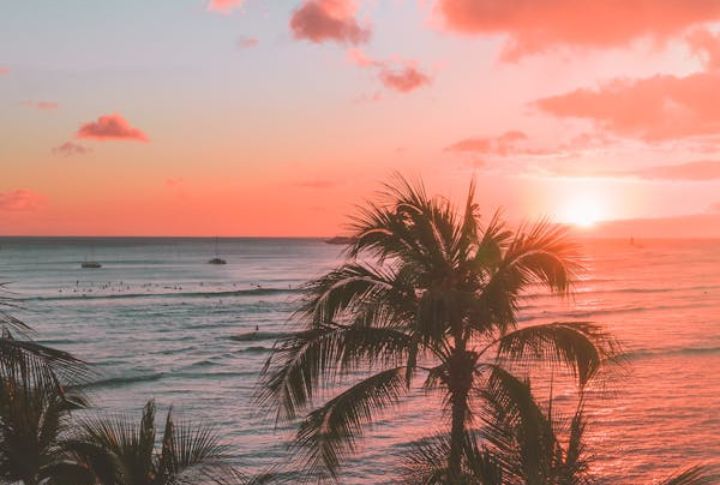
Proximity to the equator intensifies UV rays, which means sunburns happen faster than expected. Hawaii banned oxybenzone-based sunscreens to protect both skin and the environment, so reef-safe alternatives are required. Even when skies are cloudy, UV exposure remains a risk.
Expect Higher Prices On Everyday Items

Because of its remote location, grocery and dining costs are higher in Hawaii, as shipping expenses inflate prices. This makes even essentials like milk significantly pricier than on the mainland. To avoid surprises, budget accordingly and shop at local markets often for better deals.
Local Etiquette Encourages Patience And Kindness

Aggressive behavior clashes with Hawaii’s laid-back culture. As a result, honking in traffic is rare, and rushing service workers is frowned upon. Instead, the “shaka” hand gesture signals friendliness. By embracing this relaxed pace, visitors can ensure smoother interactions while enjoying a more pleasant experience.
Wildlife Encounters Are Common But Require Caution
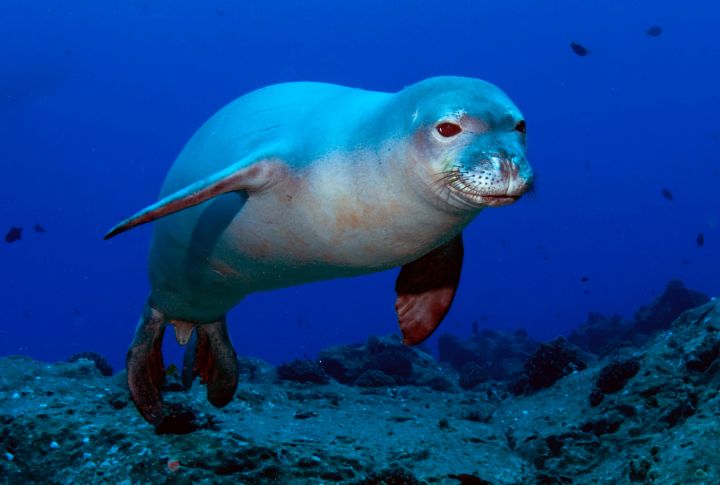
Hawaiian monk seals and green sea turtles often rest on beaches, and because they are federally protected, touching them carries hefty fines. Some areas, like Hanauma Bay, implement strict guidelines to prevent human interference with marine life. This is to preserve their habitats.
The Best Views Often Require A Hike
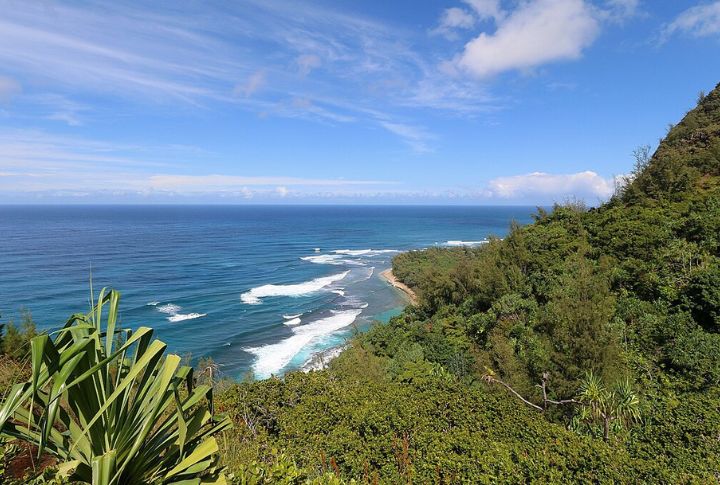
Hawaii’s stunning environments aren’t always drive-up accessible. For instance, the Kalalau Trail on Kauai and Diamond Head on Oahu demand effort but reward hikers with breathtaking scenery. Proper footwear is essential, as slippery trails and volcanic terrain make unprepared trekking dangerous.
Public Transportation Works Well On Some Islands
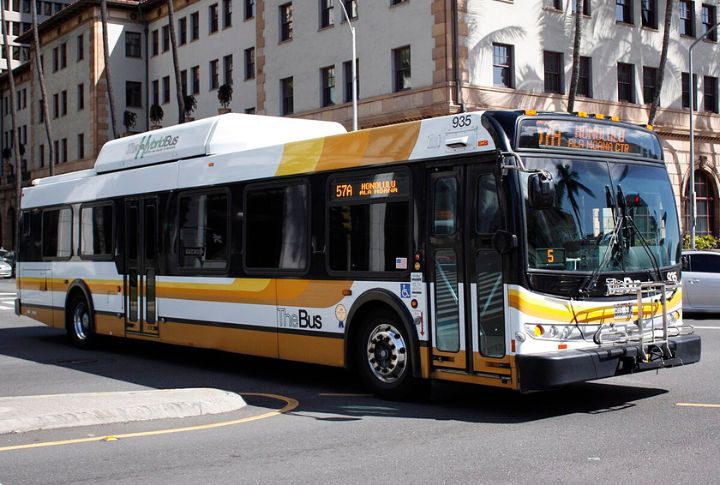
Public transportation works well on Oahu, mainly because TheBus covers most areas with affordable fares and reliable routes. Rideshares, trolleys, and even bike rentals provide convenient alternatives for shorter trips. Understanding each island’s infrastructure in advance helps travelers determine which option best suits their plans.
Some Beaches Have Dangerous Hidden Currents

Hawaii’s waters may appear tranquil, yet they conceal powerful rip currents. Unpredictable waves at beaches like Sandy’s and Makena’s have injured unsuspecting swimmers. To stay safe, checking lifeguard warnings and swimming only in designated areas helps prevent accidents. If unsure, it’s always best to remain onshore.
Respecting Sacred Sites Is A Must
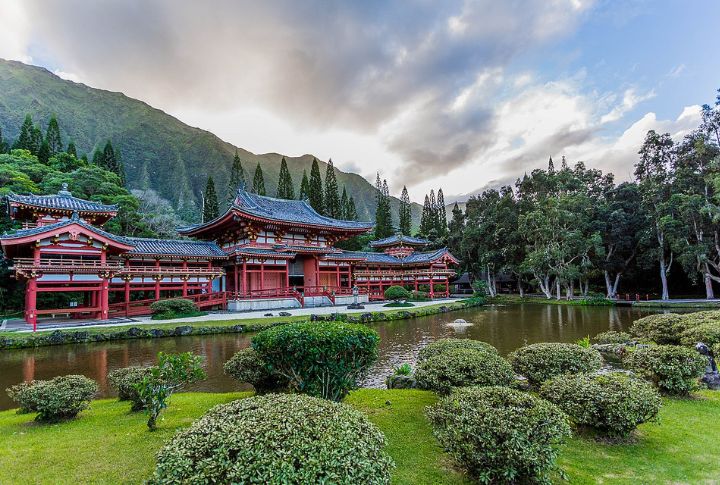
Ancient Hawaiian temples, Heiaus, hold profound spiritual significance, which is why climbing on ruins or disturbing artifacts disrespect cultural heritage. For example, locations like Puʻuhonua o Honaunau provide historical insight, allowing visitors to glimpse Hawaii’s past while reinforcing the importance of preserving sacred spaces for future generations.
